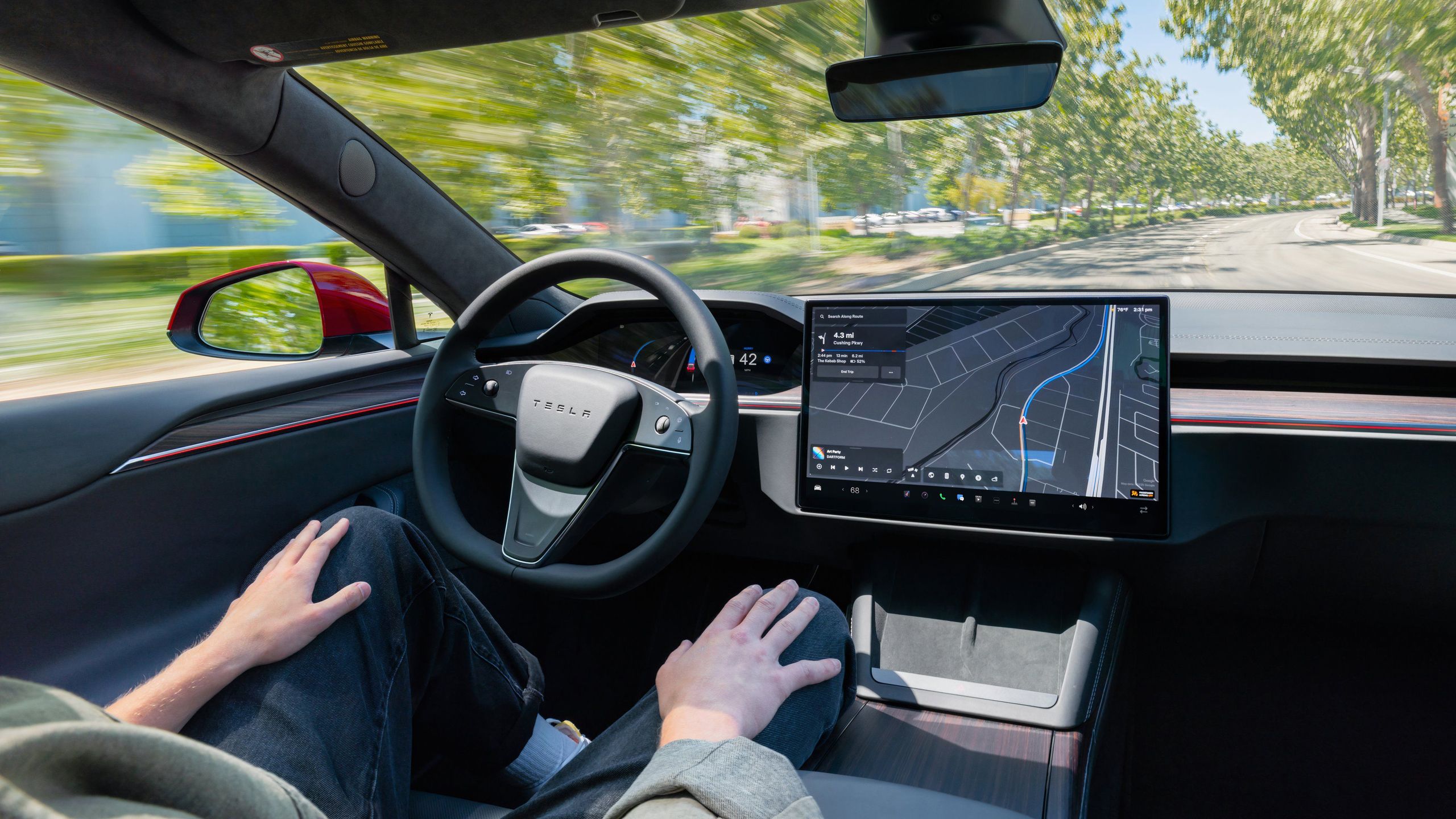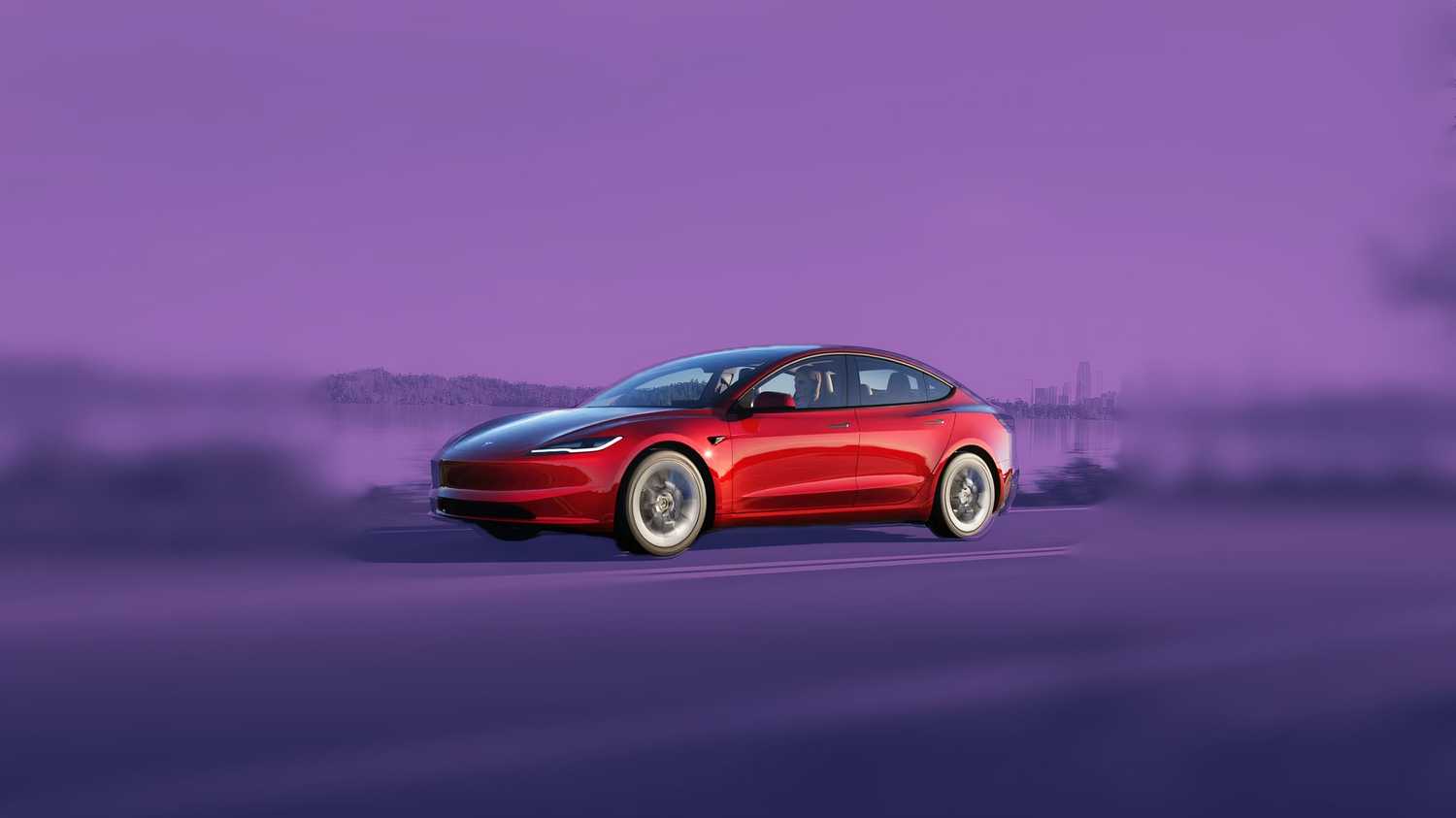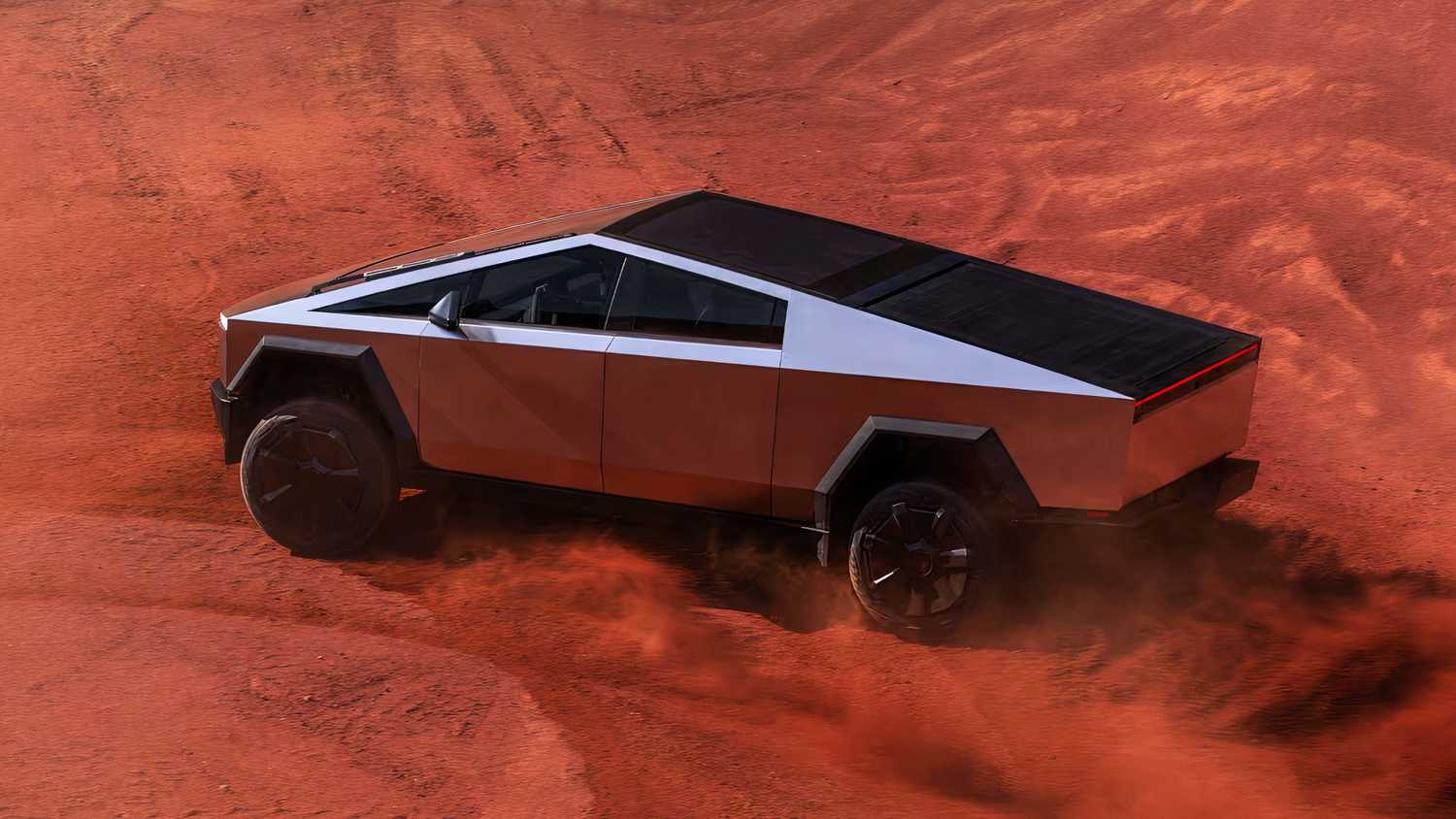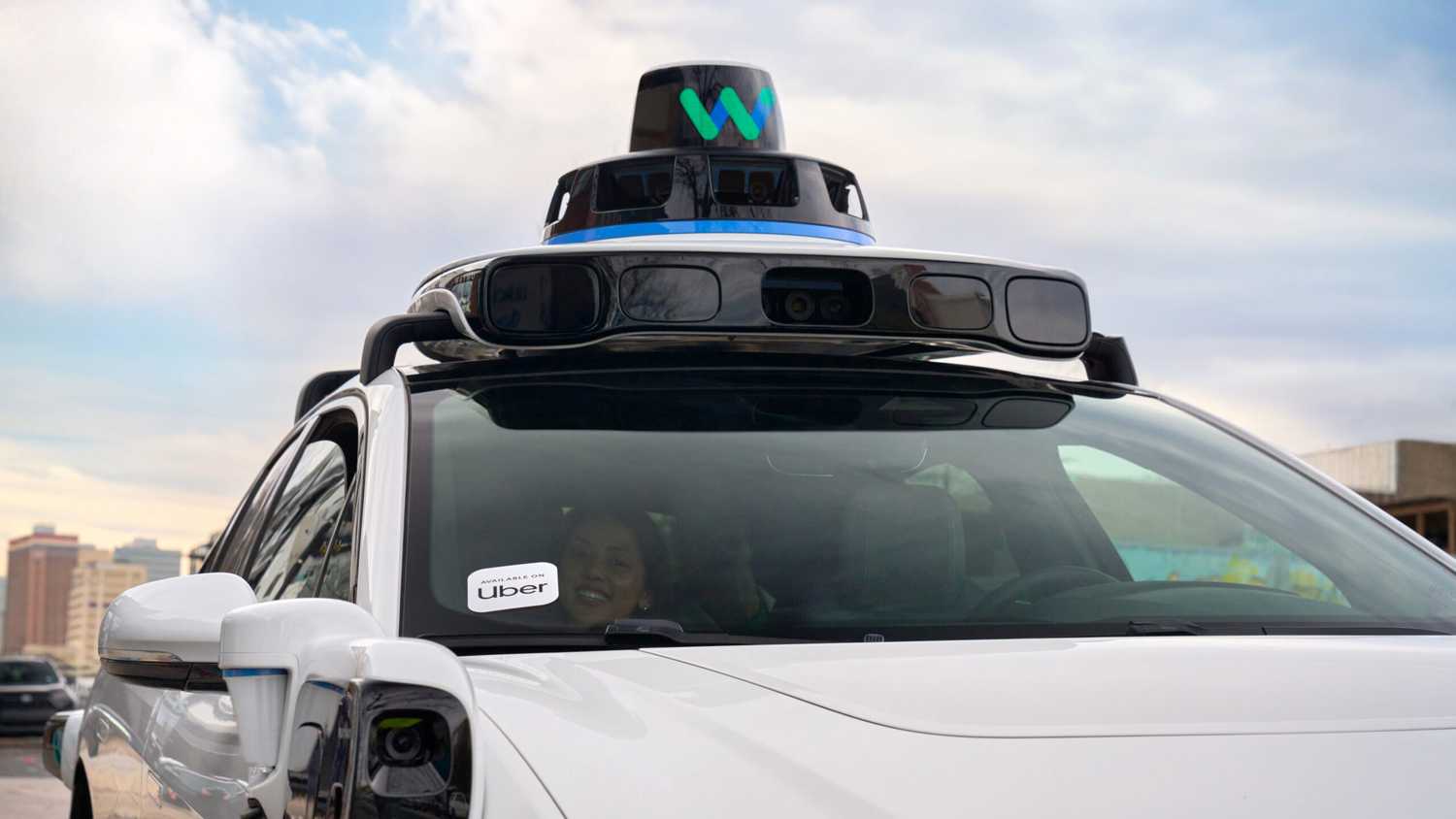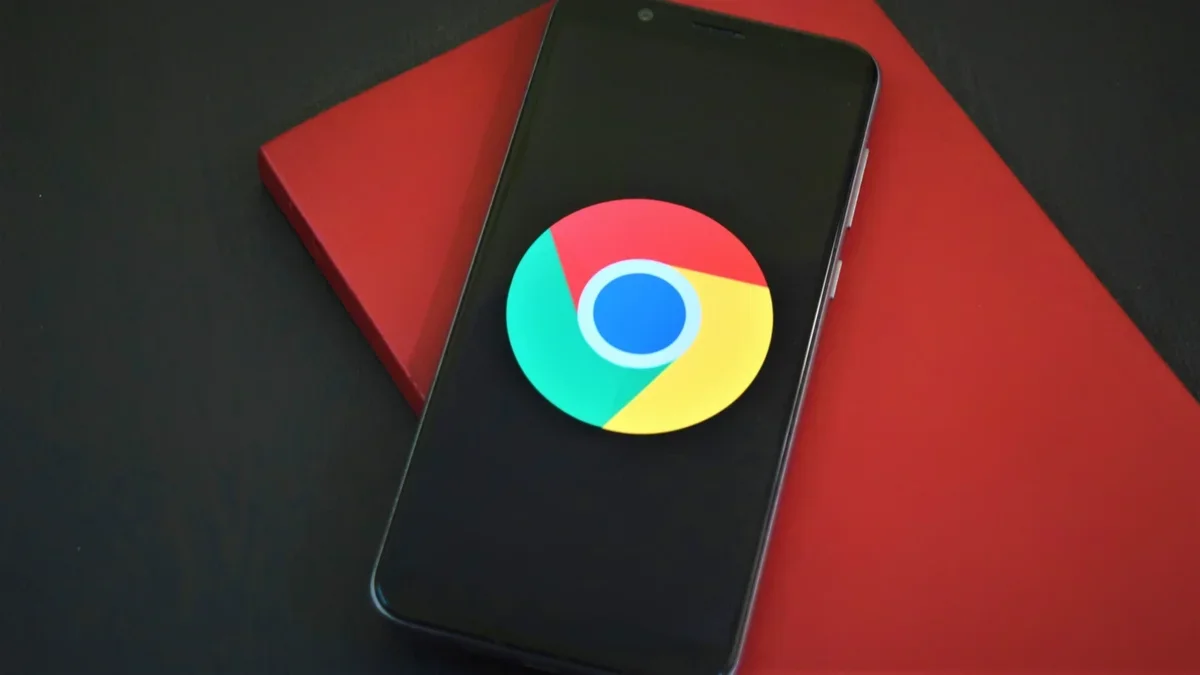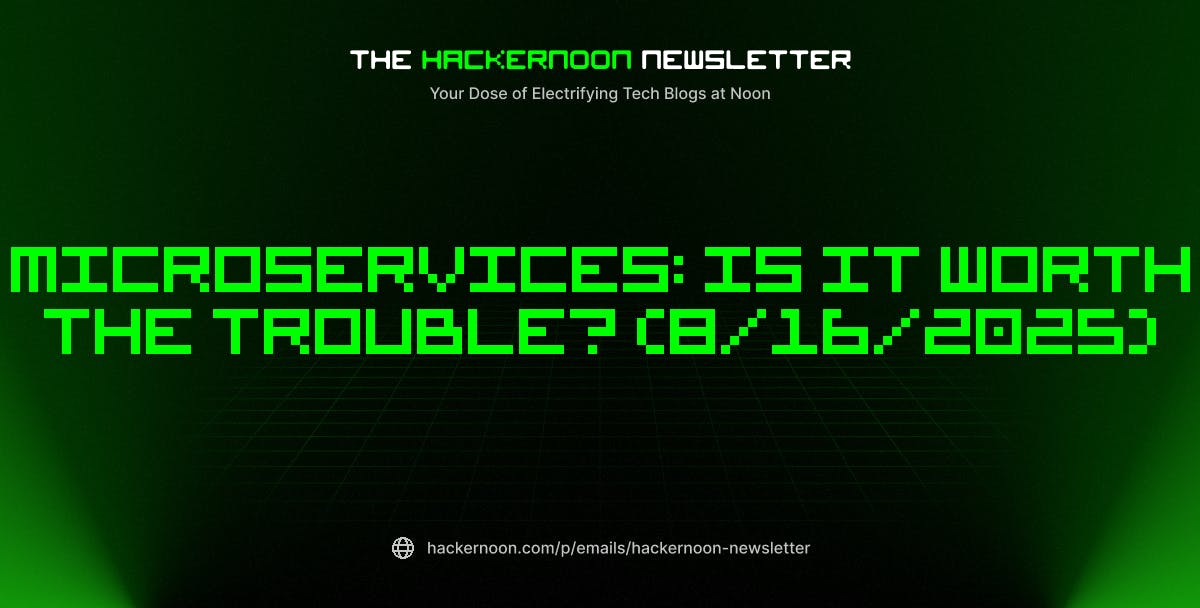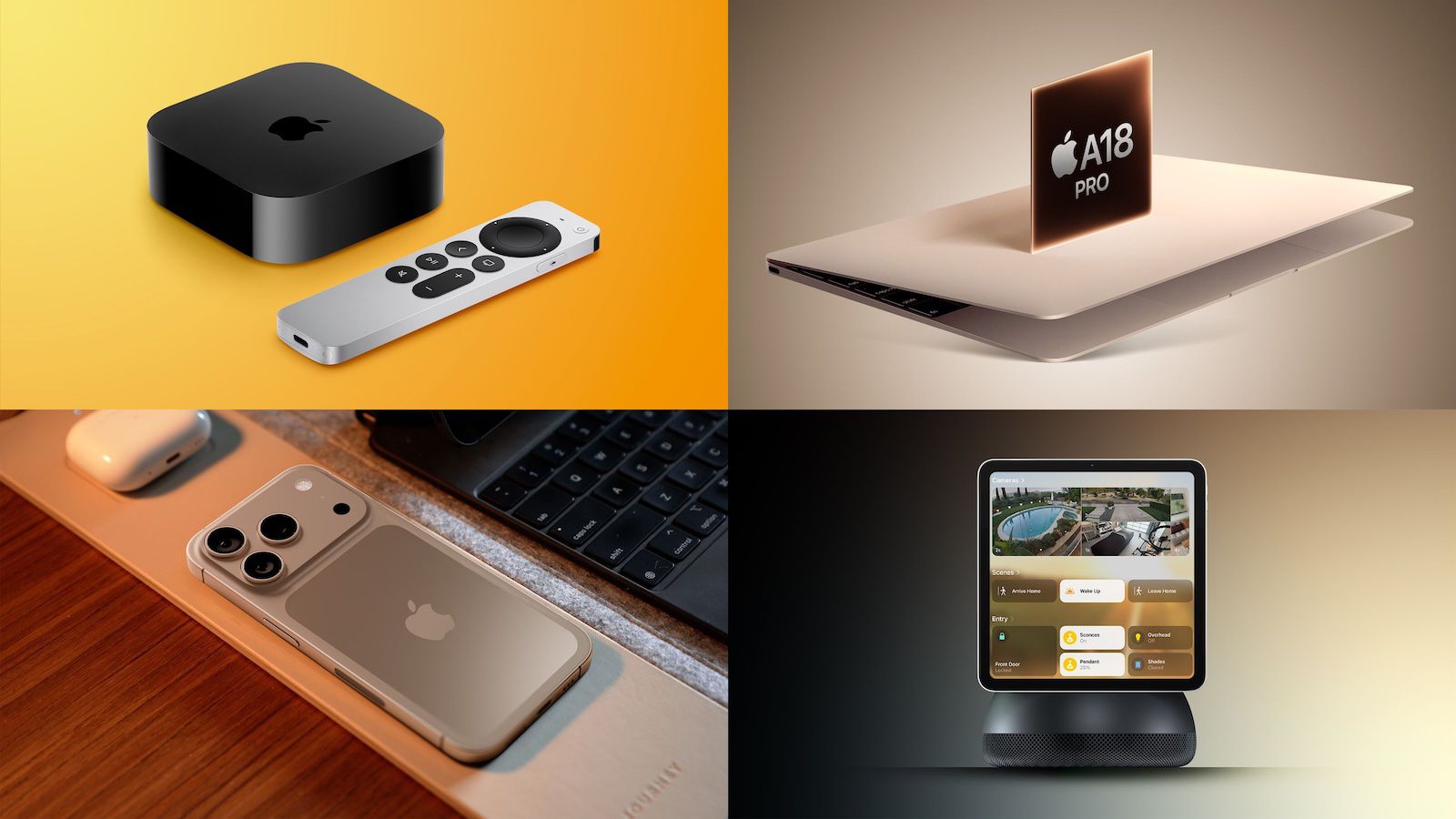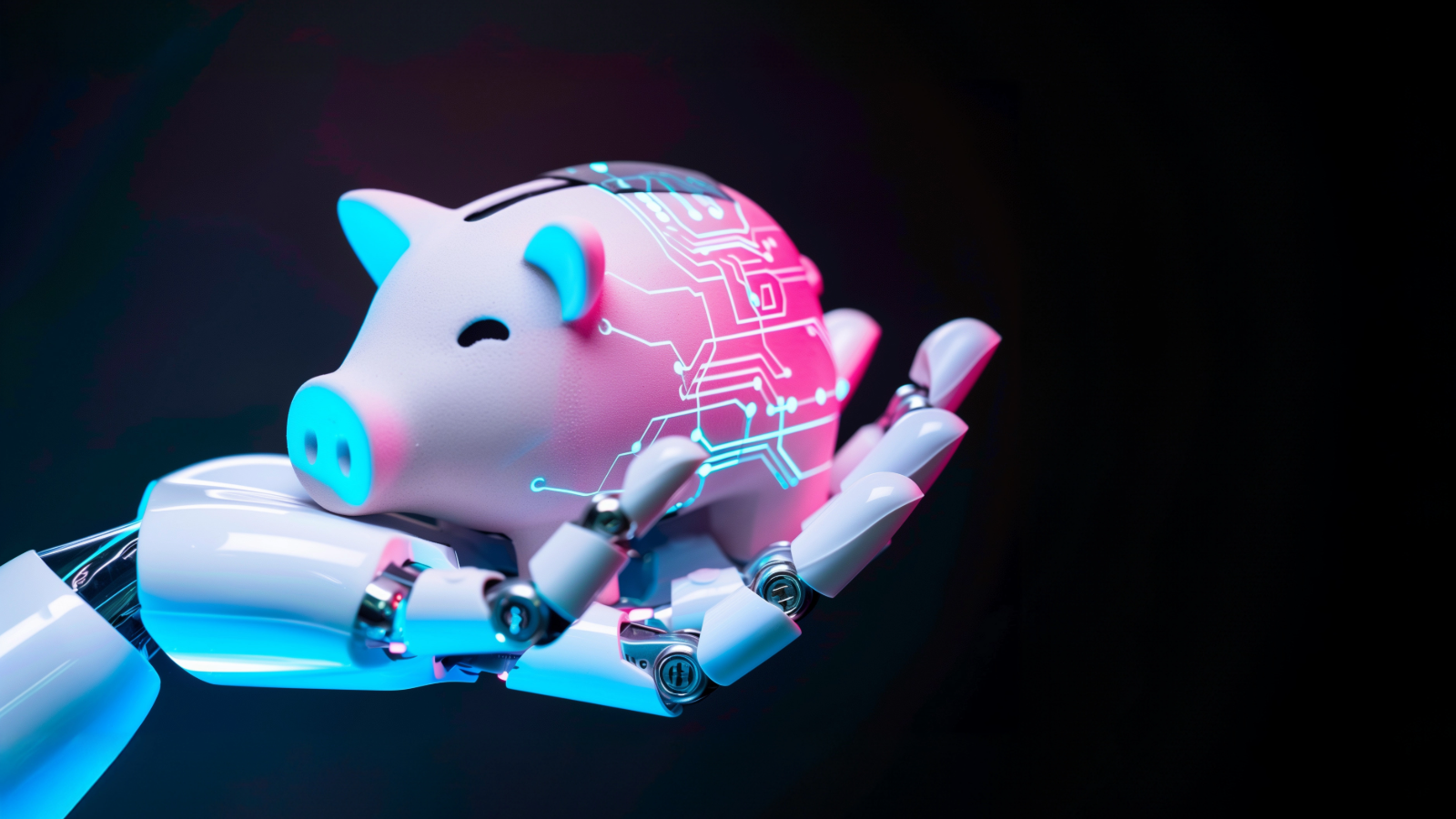Summary
- Tesla’s autonomous driving systems, including Autopilot and Full Self-Driving, have several red flags and limitations, making them far from truly autonomous.
- The National Highway Traffic Safety Administration is investigating the potential failures of Tesla’s Full Self-Driving in poor visibility conditions, including sun glare and fog.
- Despite the flaws, Tesla remains a leader in autonomous driving technology but has not yet achieved truly full self-driving capabilities under all circumstances.
Genuine full-self-driving, or fully autonomous vehicles, will be brilliant once they become a reality. They will make driving safer, improve traffic flows, and allow the occupants to work, watch a movie, or take a nap while the car gets them there.
While Tesla’s autonomous driving systems, Autopilot and Full Self-Driving, are considered among the best in the industry, there are several red flags associated with them, including that it is patently not full self-driving — or even close to it at all.
Fatal accidents
$243 million judgment
A jury in Florida recently found Tesla liable to pay $243 million to victims of a fatal 2019 crash involving an Autopilot-equipped Tesla. Autopilot is a more basic autonomous driving system than FSD. It’s the first time a court has found Tesla liable for its driver assist technology causing or partially causing an accident. The driver in this case was not watching the road and ran a stop before crashing into pedestrians. Tesla is appealing the verdict.
In 2023, a Tesla in full self-driving mode apparently hit people on the side of the road in Arizona after being blinded by the setting sun as it came around a curve. This brings into focus the technology Tesla uses in its autonomous driving systems.
Autonomous driving technology
Waymo vs Tesla
Autonomous driving requires sophisticated sensors to monitor the road, other vehicles on it, and obstacles that need to be avoided. These sensors include:
- Lidar (Light Detection and Ranging) uses lasers to create a 3D map of the road ahead
- Radar works in low visibility to detect objects, their relative speed, and their location
- Cameras can read road signs, traffic lights, lane markings, and identify pedestrians
- Ultrasonic sensors are used for short-range driving like parking
- GPS + HD mapping gives the car’s precise location and the terrain around it
- AI + machine learning interprets the input from these sensors, predicts behavior, and makes driving decisions
Waymo
Waymo autonomous taxis only operate in specific areas under very strict conditions. They use lidar, radar, and detailed mapping to find their way within very limited geographic areas. They can operate without human input, as long as they stay within the geographical borders they have been programmed for. Tesla’s Robotaxis seem to be going the same route, although these are still at an early stage of development.
Tesla
Tesla’s autonomous driving systems rely on cameras only, with neural networks, which are massive learning nodes that study millions of hours of video and other sources to determine what drivers experience on the roads and how they react — or something like that. It works brilliantly, until it does not.
It seems as though the flashing lights of emergency vehicles parked at accident scenes can confuse the system of camera-based autonomous driving technology, described by researchers as similar to an epileptic seizure triggered by strobe lights. Bad visibility also appears to degrade this tech.
NHTSA investigation
FSD in poor visibility conditions
Last year, the National Highway Traffic Safety Administration launched an investigation into FSD-equipped Teslas, looking at FSD’s potential failure to detect and respond appropriately during reduced roadway visibility, such as sun glare, fog, and airborne dust. This investigation was triggered by four crashes, one of which was fatal.
It seemed that the drivers in these accidents were not aware that they had to take control of the car, or did not fully understand what exactly FSD could or could not do. The NHTSA also looked at the feedback the system gave the driver when the capacity of the FSD had been exceeded.
California DMV lawsuit
Asking to suspend Tesla sales for 30 days
A hearing was held in July, following the California DMV’s 2022 lawsuit against Tesla for false advertising that misled consumers into thinking the cars were more autonomous than they were. The DMV wanted the court to suspend the manufacture and sale of Tesla vehicles in the state for at least 30 days, and award consumers monetary damages.
One of the Tesla lawyers said in court that “cars with Full Self-Driving capabilities are currently not capable of driving themselves.” Although slightly embarrassing, the lawyer was right. There are currently no cars capable of driving themselves under all circumstances.
6 levels of autonomous vehicles
Ranging from none to full self
The Society of Automotive Engineers has laid out six levels of autonomous vehicles, which are used internationally. These levels are:
- 0 — no driving automation: features like cruise control must be manually activated
- 1 — driver assistance: some elements of steering, braking, etc. in limited situations
- 2 — partial driver assistance: the car can drive itself in some circumstances and on some roads, and the driver must be ready to take over at all times
- 3 — conditional driving automation: the car can do the driving, but the driver must still be ready to take control
- 4 — high driving automation: the car can drive itself, but only in specific areas — think Waymo
- 5 — full driving automation: a car that can drive itself anywhere, even off-road, in all conditions
Tesla’s Autopilot and FSD are currently classified as Level 2 autonomous, with FSD probably edging toward Level 3. Self-driving taxis like Waymo are at Level 4.
The reasons I won’t pay for FSD right now
I really like the idea of fully autonomous cars — they’ll cancel out bad drivers, ease traffic flow, and allow me to be productive during the daily commute. My problem with FSD is that its over-promise creates unrealistic expectations for drivers, which is just plain dangerous.
I like the idea of a car that will suddenly brake when it detects an obstacle ahead, or can take the stress out of stop/start rush-hour traffic. However, I don’t like the idea of my car getting confused by flashing lights, or going blind because of the sun or fog.
Despite all the negative vibes around Tesla right now, I still think it’s a leader in the technology it built. If Tesla ever builds a full self-driving car that actually does that, I’ll be first in line to stop driving and start traveling. But until that happens, I will keep my hands on the wheel and my eyes on the road.

